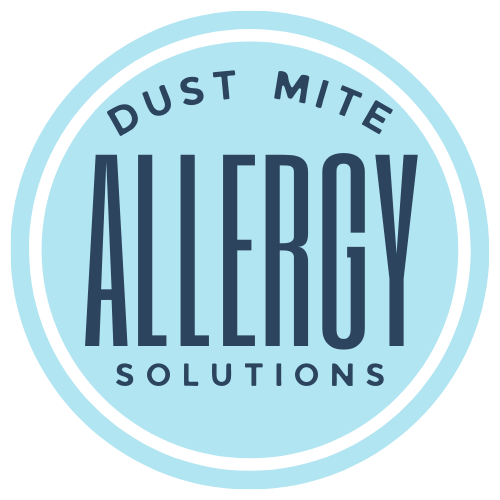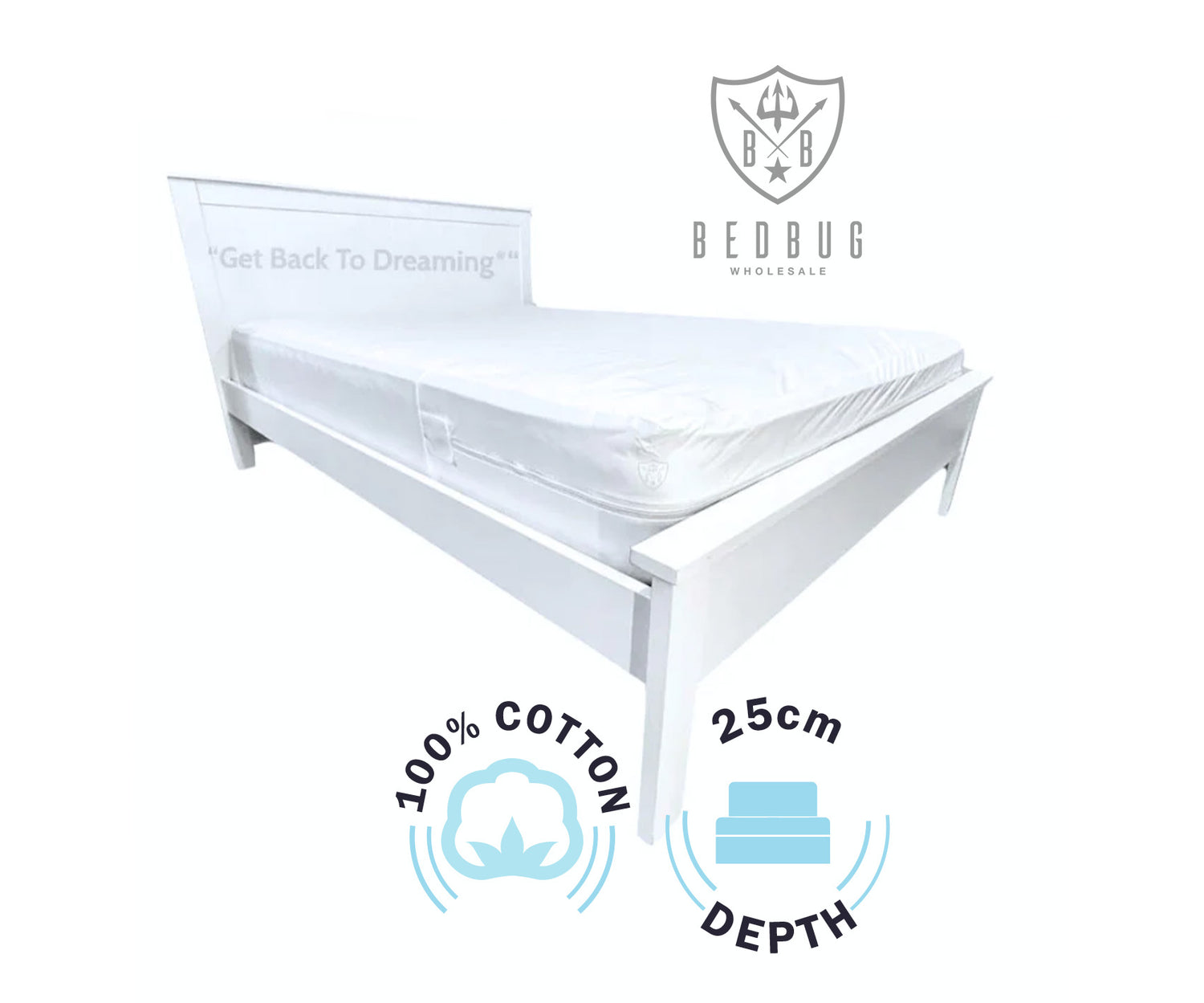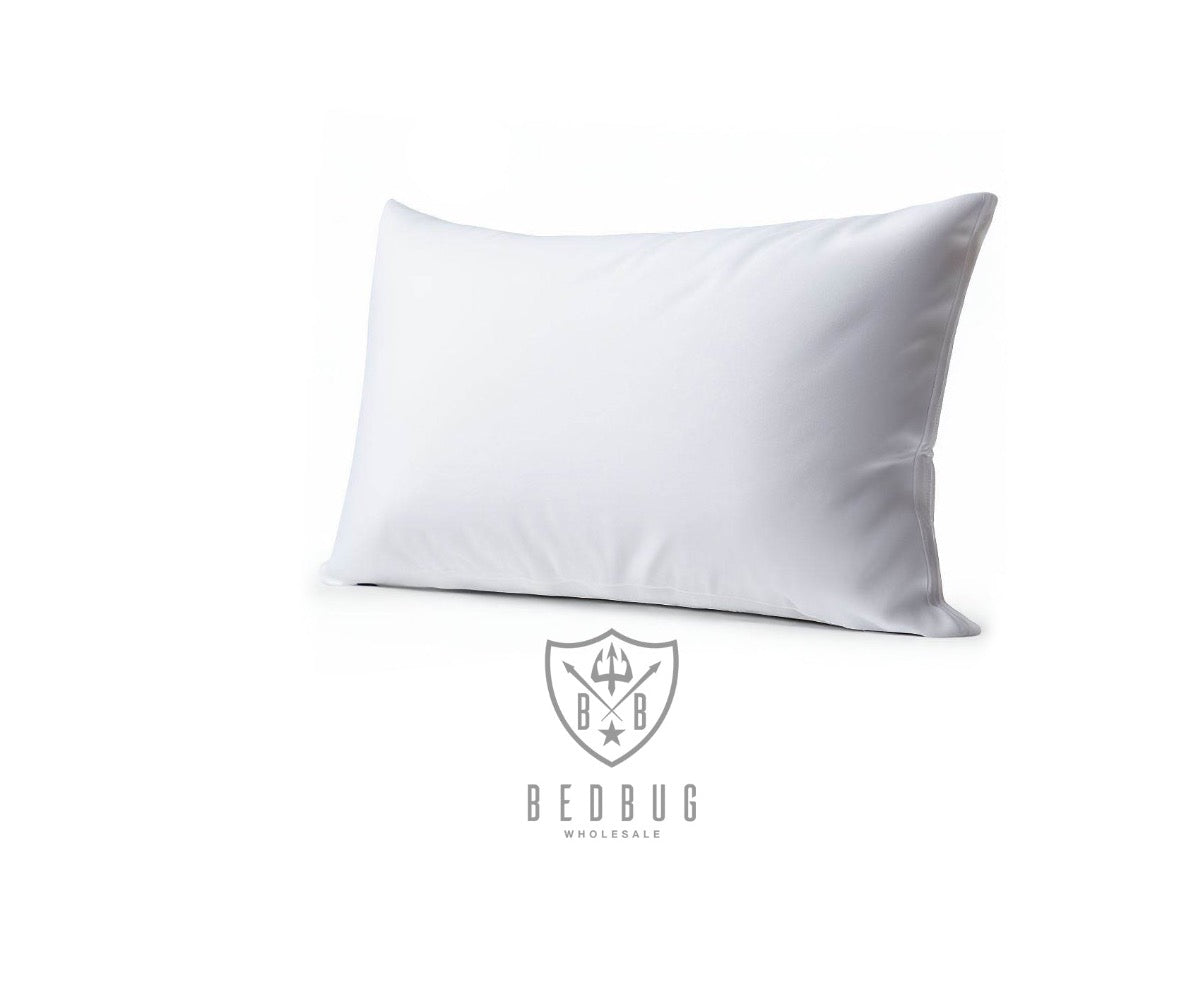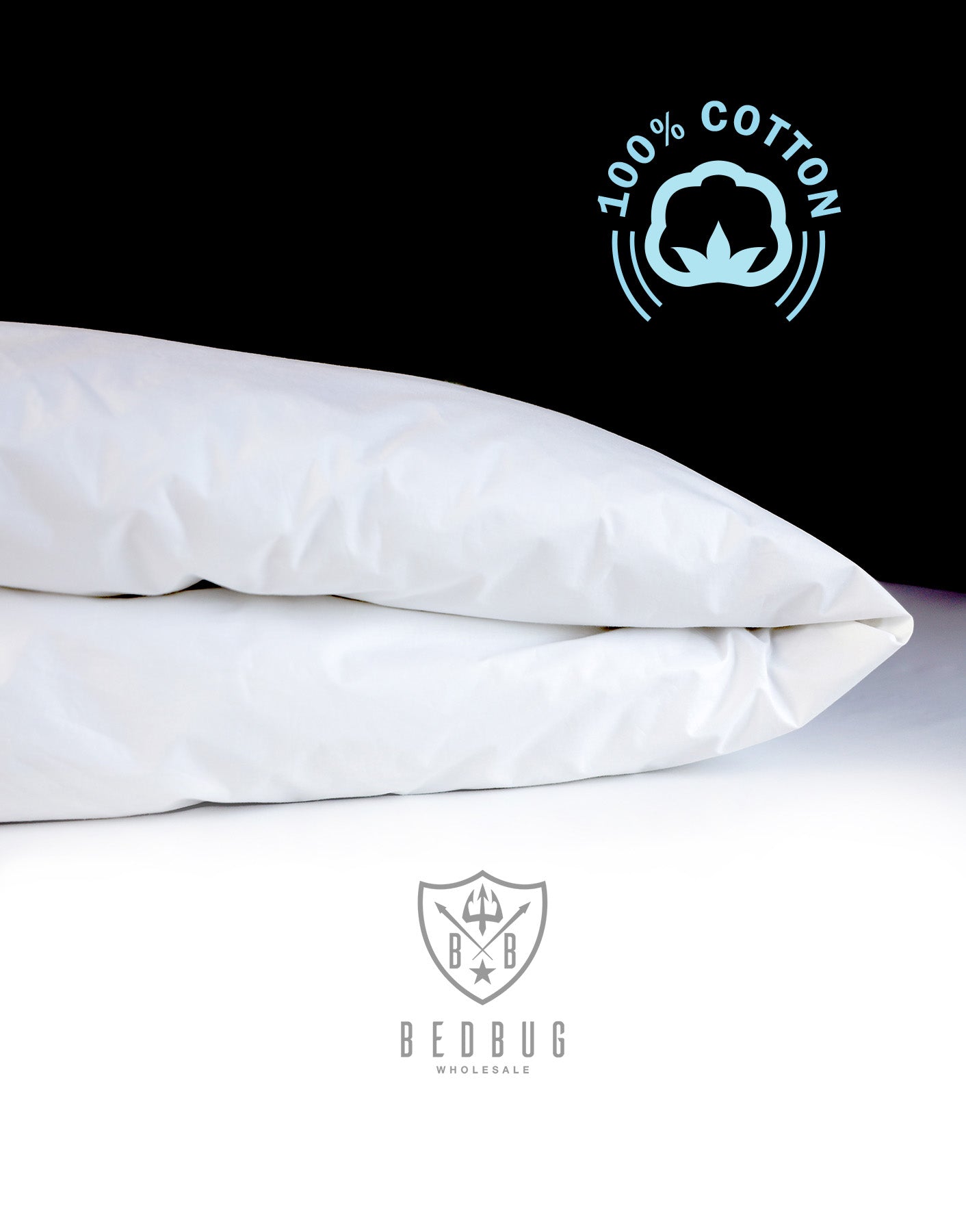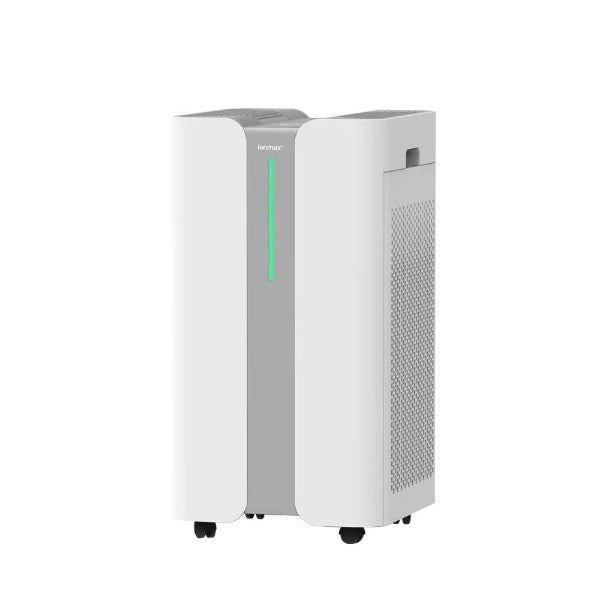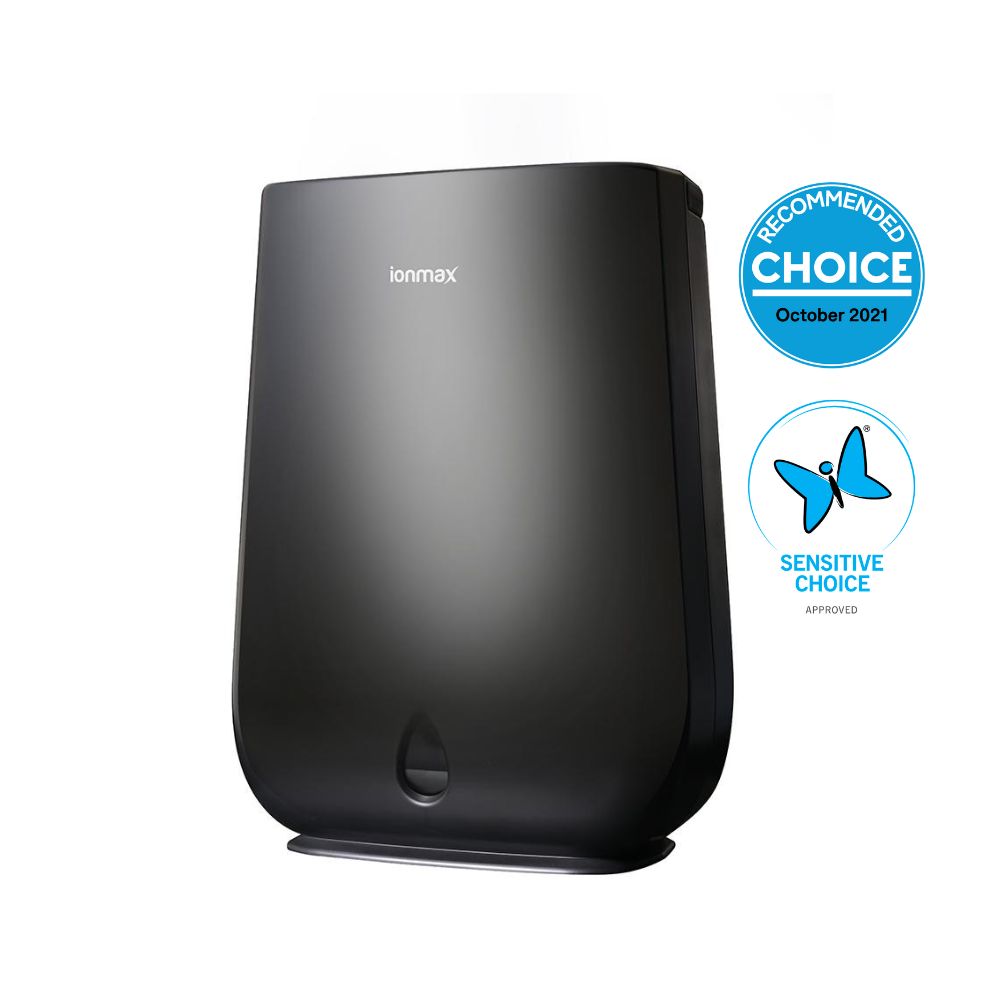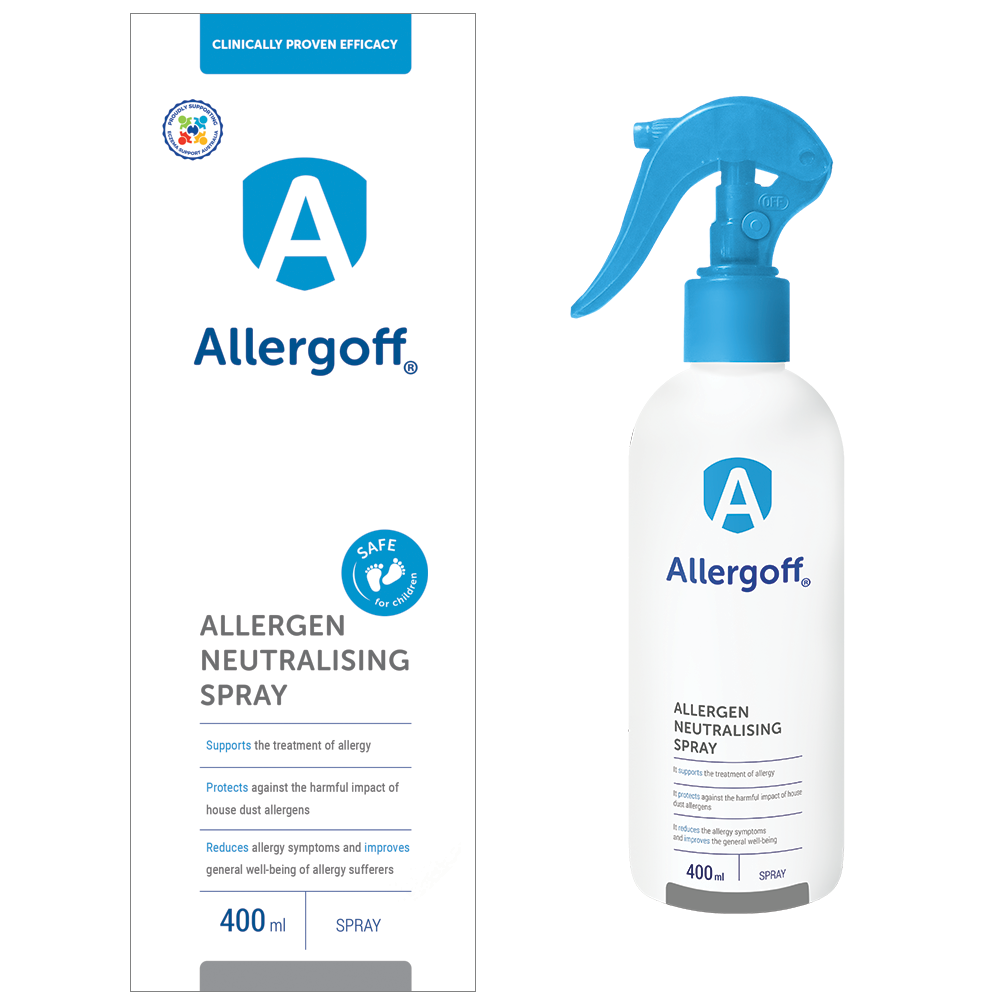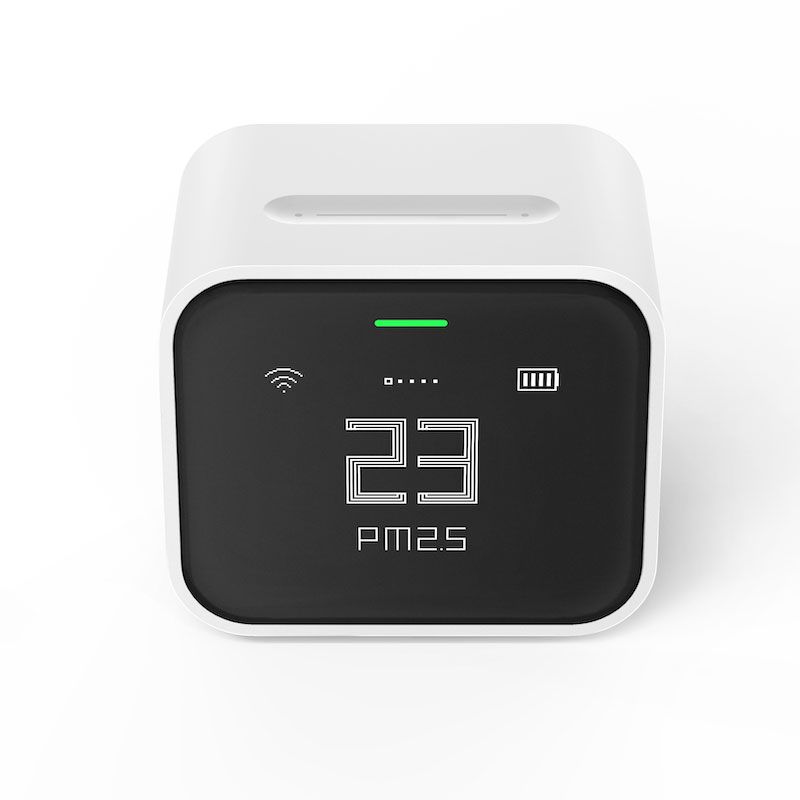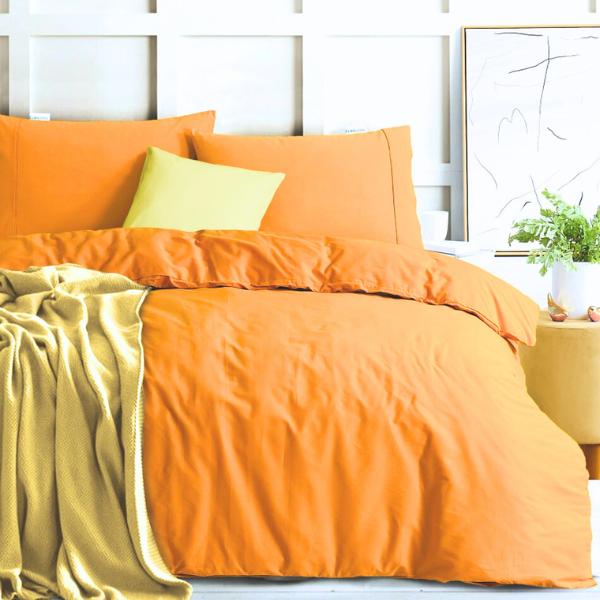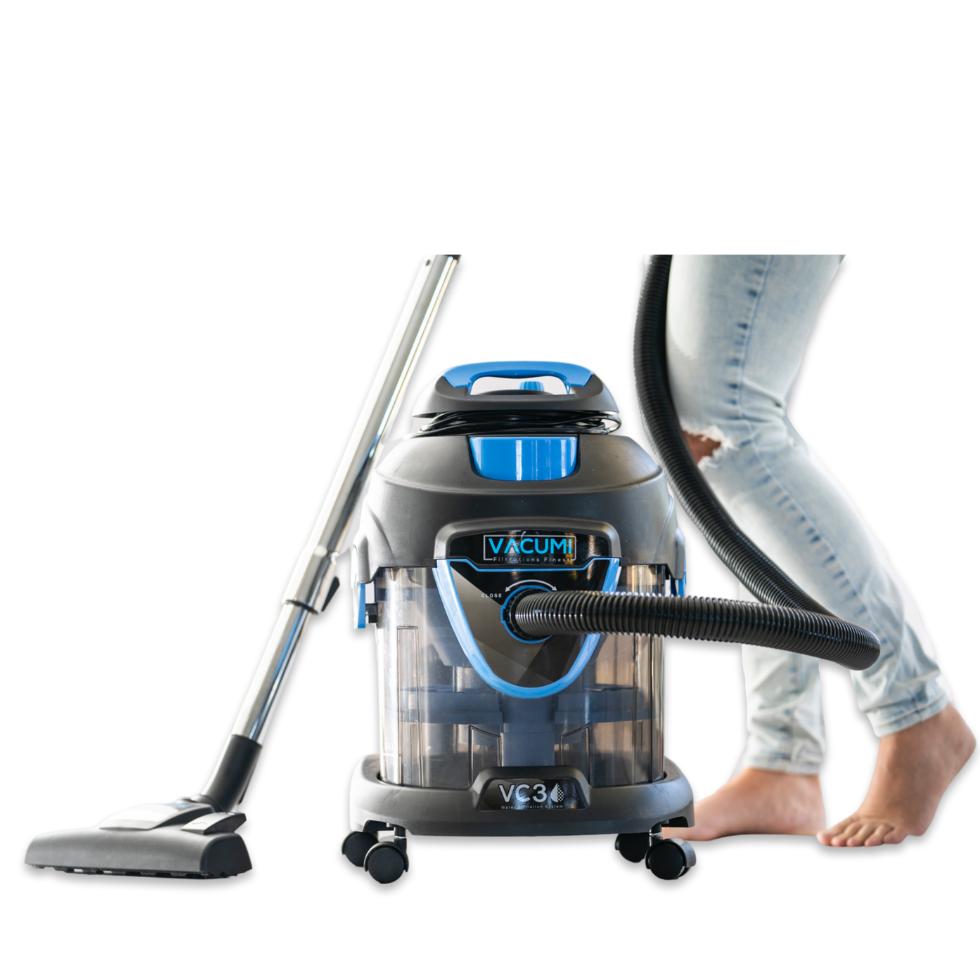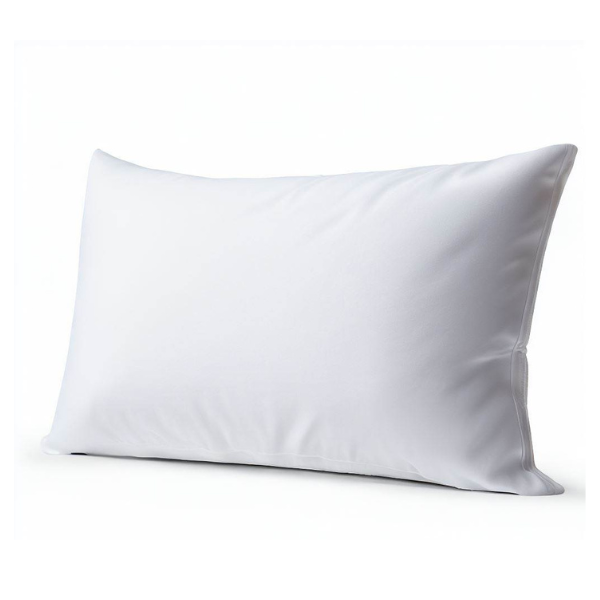As the weather turns colder in Australia, people turn to doonas and blankets to keep warm and cozy at night. However, for those who suffer from allergies, choosing the right materials for a quilt is essential. Fortunately, there are many options available that can provide warmth and comfort without triggering allergy symptoms.
Can your quilt be causing allergies?
Doonas can harbor allergens such as dust mites, pet dander, and mould, which can trigger allergic reactions when inhaled or come into contact with the skin.
Additionally, some people may be sensitive to specific fabrics or the chemicals used in blanket manufacturing. Regular cleaning and using hypoallergenic blankets made from materials less likely to retain allergens can help reduce the risk of allergies caused by blankets.
What is a hypoallergenic quilt?
A hypoallergenic quilt, blanket, doona or comforter, is a type of bedding designed to minimise the risk of triggering allergies or causing allergic reactions in individuals who are sensitive to certain allergens. It is typically made with materials that are less likely to harbor common allergens like dust mites, mould, pollen, pet dander, and other irritants.
Best hypoallergenic quilts for allergy sufferers in Australia
While there are many brands and options available, here are the key characteristics that make hypoallergenic doona:
-
Allergen-resistant fabric: Hypoallergenic quilts are often constructed using materials or special fabrics that have a tight weave, which prevents allergens from penetrating the fabric and accumulating within the quilt.
-
Filling: Hypoallergenic quilts use fillings made of hypoallergenic materials.
-
Anti-microbial treatment: Some hypoallergenic quilts may undergo an anti-microbial treatment to inhibit the growth of mold, bacteria, and other allergen-producing microorganisms.
-
Dust mite resistant: Dust mites are a common trigger for allergies, and some hypoallergenic quilts are designed to be less hospitable to dust mites, reducing their presence in the bedding.
-
Easy to clean: Hypoallergenic quilts are often machine washable, which helps in regular cleaning and maintaining a more allergen-free sleeping environment.
What materials are used in hypoallergenic quilts?
When choosing a hypoallergenic blanket, it's important to consider the materials used, the fill power and weight, and the type of construction.
Materials like organic cotton, bamboo, microfiber, and silk are considered favorable for people with allergies because they are less likely to trap allergens like dust mites, pet dander, and pollen.
These materials are often tightly woven, which helps prevent allergens from penetrating and accumulating.
Additionally, they are breathable and can help reduce moisture, which discourages the growth of mold and dust mites.
A lower fill power (GSM) and weight can also make it easier to clean the duvet frequently, which can help reduce allergens.
In contrast, other materials, especially those that are thicker or more porous, can easily trap and hold onto allergens, making them less suitable for allergy sufferers.
Can hypoallergenic quilts completely eliminate allergic reactions?
While hypoallergenic doonas are designed to minimise the risk of triggering allergic reactions, they cannot completely eliminate allergic reactions for everyone.
The term "hypoallergenic" means that the quilt is less likely to cause allergies compared to regular bedding, but it does not guarantee that it will be entirely allergy-proof for all individuals.
Allergies can vary widely from person to person, and people can be allergic to various substances. Hypoallergenic quilts primarily target common allergens like dust mites, mold, pet dander, and pollen by using materials that are less likely to harbor these allergens. They also can have features that inhibit the growth of bacteria and microorganisms.
If you have severe allergies or are unsure about your specific allergens, it's essential to consult with a healthcare professional or an allergist who can help identify your triggers and recommend suitable bedding options.
Regular cleaning and maintenance of the hypoallergenic quilt, along with maintaining a clean sleeping environment, can also contribute to reducing allergen exposure and improving overall comfort for allergy-sensitive individuals.
Other solutions to that can help create allergy free sleep
-
Allergen-proof covers: Invest in dust mite covers for pillows, mattresses, and blankets to prevent the accumulation of allergens and make cleaning easier.
-
Regular cleaning: Wash bedding, including sheets, pillowcases, and blankets, regularly in hot water to eliminate dust mites, pollen, and other allergens.
-
Air purifiers: Place air purifiers with HEPA filters in the bedroom to capture airborne allergens like pet dander and pollen.
-
Vacuuming and dusting: Vacuum and dust your bedroom frequently, including carpets, curtains, and other surfaces, to reduce dust and allergen buildup.
-
Keep pets out of the bedroom: If you have allergies to pet dander, consider keeping pets out of the bedroom to minimize exposure while sleeping.
-
Reduce humidity: Use a dehumidifier to maintain optimal indoor humidity levels and prevent mold growth, a common allergen trigger.
-
Ventilate the bedroom: Ensure good airflow in the bedroom by opening windows regularly to reduce indoor air pollution.
